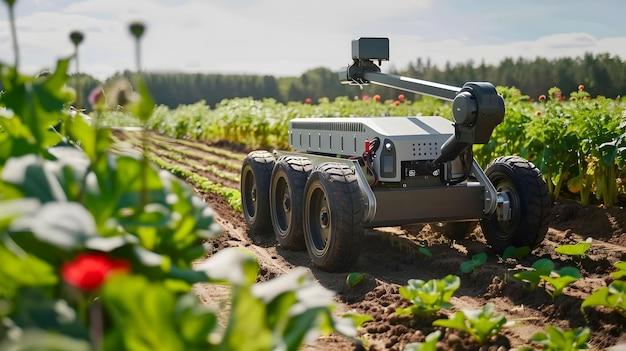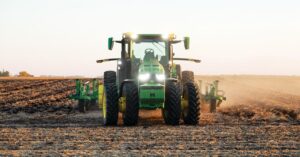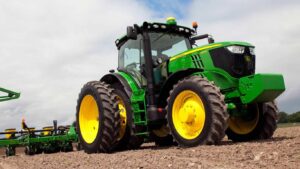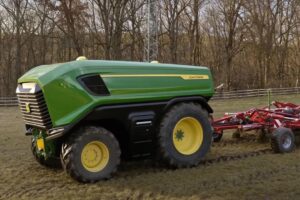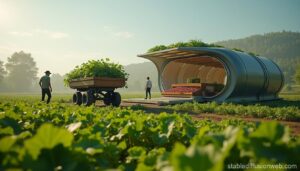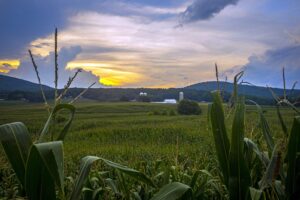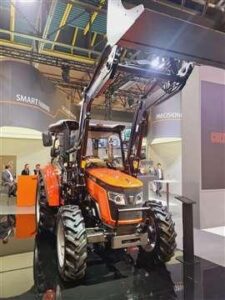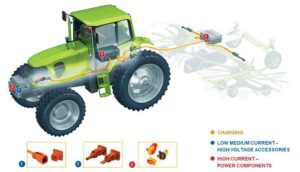The integration of robotic vehicles into agricultural operations marks a notable shift in modern farming practices. From autonomous tractors to drone-based monitoring systems, thes technological innovations are fundamentally altering how crops are planted, monitored, and harvested. as global food demand rises and conventional farming faces labor shortages, robotic vehicles emerge as a practical solution to maintain and perhaps increase agricultural productivity while optimizing resource usage. This transformation represents not just an upgrade in farming equipment, but a complete reimagining of agricultural operations for the 21st century. The agricultural landscape is undergoing a dramatic transformation as autonomous vehicles revolutionize traditional farming practices. These elegant machines, equipped with advanced sensors, GPS technology, and artificial intelligence, are capable of performing complex tasks with minimal human intervention.Precision agriculture has reached new heights with self-driving tractors that can operate around the clock, significantly increasing productivity while reducing labor costs. these mechanical marvels utilize real-time data analysis to make informed decisions about planting depths,fertilizer application,and optimal harvesting times. The integration of machine learning algorithms enables these vehicles to adapt to varying soil conditions and weather patterns, ensuring optimal crop yield.
Drone technology complements ground-based autonomous systems by providing aerial surveillance and targeted crop treatment. These unmanned aerial vehicles can quickly scan vast agricultural areas, identifying pest infestations, irrigation issues, and nutrient deficiencies with remarkable accuracy. The collected data helps farmers make precise interventions, minimizing resource waste and environmental impact.
Small robotic platforms are being deployed for specialized tasks like selective harvesting and weed control. These nimble machines navigate between crop rows, using computer vision to distinguish between crops and unwanted plants. Their electric motors and lightweight design reduce soil compaction compared to traditional heavy machinery.The economic implications of this technological shift are substantial. Initial investment costs are offset by reduced labor expenses, improved efficiency, and higher crop yields. Farmers can now manage larger areas with fewer workers, addressing the growing labor shortage in agricultural regions.
Environmental benefits are equally significant.Automated systems can apply fertilizers and pesticides with greater precision, reducing chemical usage and runoff into waterways. The ability to operate during optimal conditions minimizes fuel consumption and emissions, contributing to more sustainable farming practices.
Weather monitoring stations connected to these robotic systems provide real-time data for decision-making.This integration allows automated adjustments to irrigation schedules and crop protection measures, optimizing resource utilization while protecting yields from adverse weather conditions.
Storage and maintenance facilities are evolving to accommodate these high-tech machines. Automated charging stations and self-diagnostic systems ensure minimal downtime, while sophisticated software updates can be deployed remotely to enhance performance and functionality.
The impact extends beyond large-scale operations. Smaller farms are adopting scaled-down versions of these technologies, making precision agriculture accessible to a broader range of producers. this democratization of technology is reshaping rural economies and agricultural education.
Safety features incorporated into these autonomous systems include obstacle detection, emergency shutdown protocols, and remote monitoring capabilities. these safeguards protect both equipment and surrounding infrastructure while ensuring compliance with evolving agricultural regulations.
The integration of robotic vehicles in agriculture represents a basic shift in farming methodology, promising increased efficiency, sustainability, and profitability for future generations of farmers.

